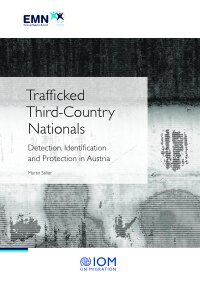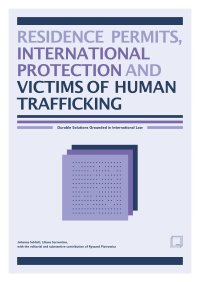Edited by Matthew Frank and Jessica Reinisch
Refugees in Europe, 1919-1959 offers a new history of Europe’s mid-20th century as seen through its recurrent refugee crises. By bringing together in one volume recent research on a range of different contexts of groups of refugees and refugee policy, it sheds light on the common assumptions that underpinned the history of refugees throughout the period under review. The essays foreground the period between the end of the First World War, which inaugurated a series of new international structures to deal with displaced populations, and the late 1950s, when Europe's home-grown refugee problems had supposedly been ‘solved’ and attention shifted from the identification of an exclusively European refugee problem to a global one. Borrowing from E. H. Carr’s The Twenty Years’ Crisis, first published in 1939, the editors of this volume test the idea that the two post-war eras could be represented as a single crisis of a European-dominated international order of nation states in the face of successive refugee crises which were both the direct consequence of that system and a challenge to it. Each of the chapters reflects on the utility and limitations of this notion of a ‘forty years’ crisis’ for understanding the development of specific national and international responses to refugees in the mid-20th century. Contributors to the volume also provide alternative readings of the history of an international refugee regime, in which the non-European and colonial world are assigned a central role in the narrative.
London; New York : Bloomsburgy Academic, 2017. 269p.






